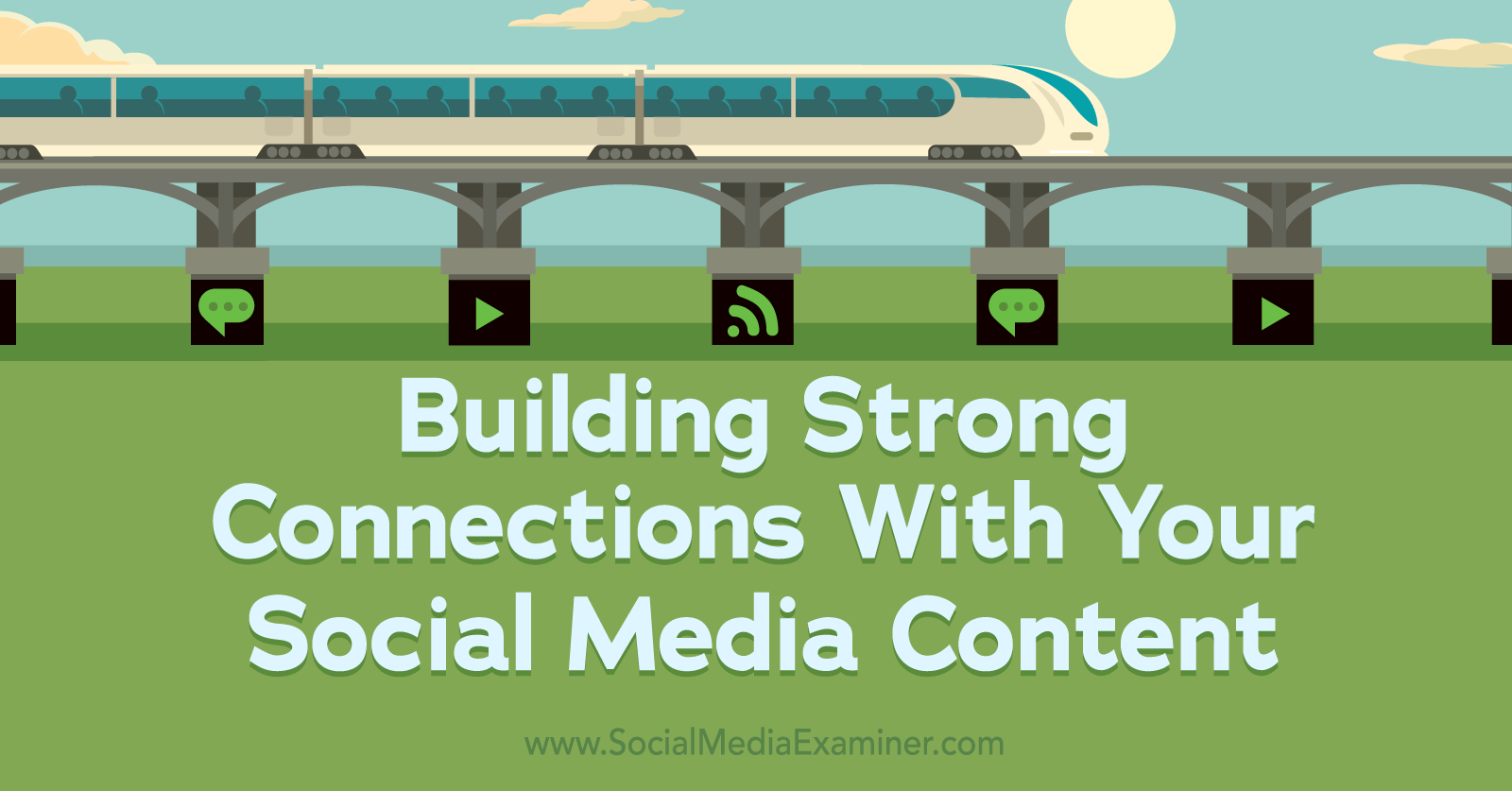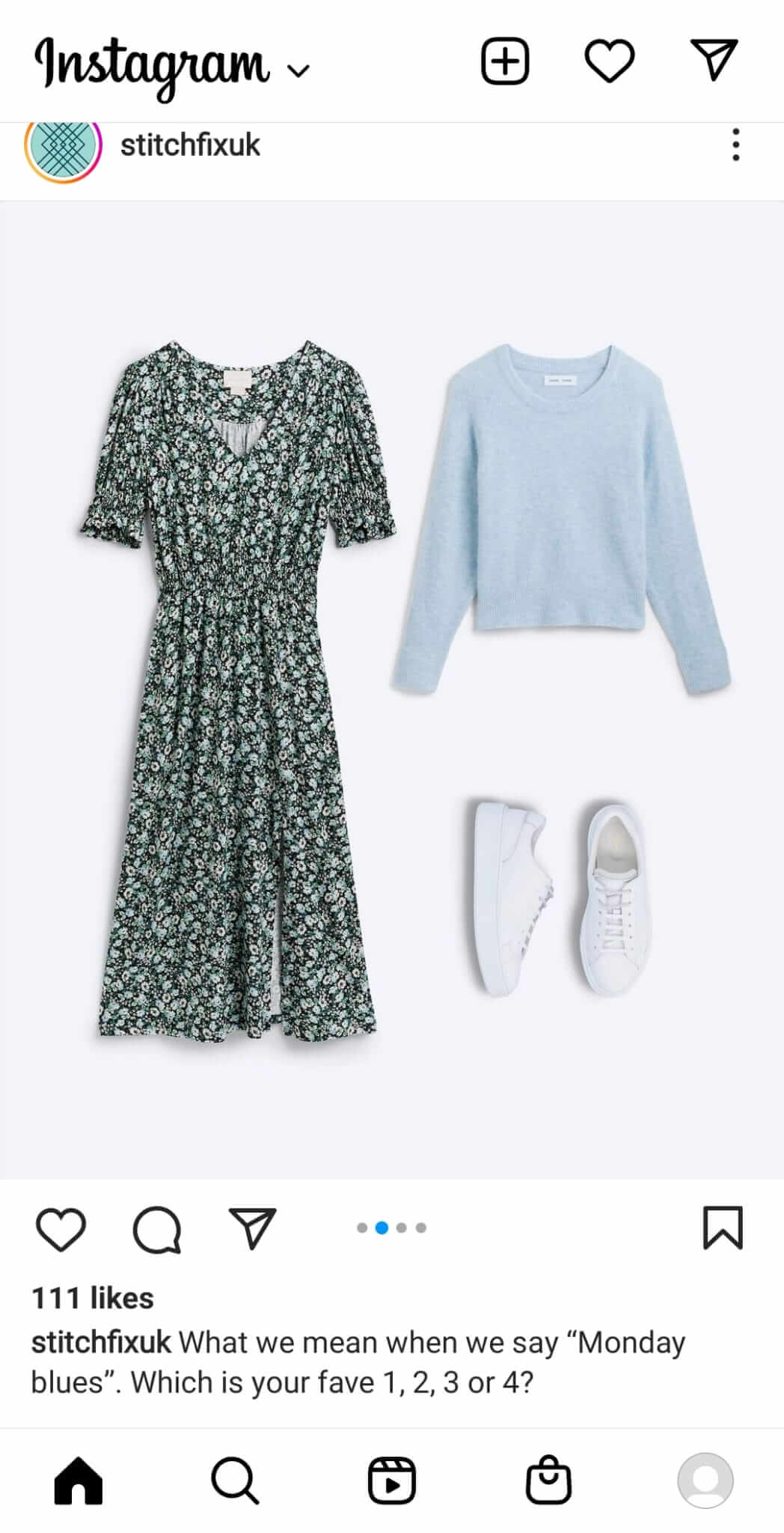How To Attract And Connect With Your Audience On Social Media

By Prebuilt Sites Team
August 24, 2022
If you want to attract customers, you have to form real connections with them. You need to be good at forming relationships if you want to succeed in business. So how can you connect more deeply with people through emotional social content? First, let’s think about how people build relationships in general. What do you share at each stage of the relationship and strengthen the relationship in the long run? It starts with small talk, but needs to evolve from there. Start by sharing a cliche that relates to your niche. This helps reach your audience with something they are familiar with but with your own spin on it. Then you can start sharing facts to establish your authority, and eventually share your opinions. Share in a friendly and relatable way so it builds a connection rather than start a controversial argument. If you have any questions about how to connect with your audience using social media or want us to handle your social media strategy for you, reach out to us at Prebuilt Sites or The BBS Agency. We’d love to help you out!
Struggling to attract and connect with your audience on social media? Could you be working with outdated content strategies and tactics?
In this article, you’ll discover common content strategy mistakes and learn how to develop content that draws a loyal community to your business.

Building Relationships With Social Penetration Theory
Most social media managers are great at strategy. They know what their goals are and they know where and when to post. But actually implementing that strategy is more difficult.
So what are they missing?
The answer is connection. Social media was built for human connection and connecting with people is still the best way to convert customers online. All of the automation, scheduling, and analytics tools in the world won’t help you if you can’t build relationships with your followers and potential customers.
How can you connect more deeply with people through emotional social content?
First, let’s think about how people build relationships in general.
Think about the last time you met someone new and started chatting. You probably started with some common, general topics. You wouldn’t tell them straight away about your medical history or family drama.
But if you stayed in touch with that person and gradually became friends, you’d start to share more information. Over time, the two of you would learn more about each other—moving on from general topics to specific, personal feelings and opinions.
There’s a psychological framework behind that process of getting to know someone new. It’s called social penetration theory, and it applies to social media connections just as much as real-life friends.
Social penetration theory lays out the different stages of building a relationship with someone.
When we want to connect with someone new, we usually do so by sharing information about ourselves. This is called self-disclosure.
Self-disclosure happens in four stages. Each stage is a little more personal than the one before it.
- Level one: cliché. Unless you’re an exceptionally gifted conversationalist, your small talk is probably a little bit cliché. Topics like sports and weather aren’t very exciting—in fact, they’re cliché—but they help you to establish a basic rapport.
- Level two: facts. As we open up, we start to share more information about ourselves. In a conversation between friends, this might be facts about what you do for work or where you went to school. As part of branded content on social media, it might mean the story behind your business or specific product details.
- Level three: opinions. The next stage of self-disclosure is sharing opinions. This is an important phase because it means showing our values and experiences. Whether you’re talking to a friend or advertising to a customer, sharing opinions is key to finding out whether you have much in common.
- Level four: feelings. Our feelings are the most intimate level of conversation, which is why we don’t share them right away. But when you’re ready to discuss feelings, the relationship reaches a new level of closeness.
How Emotional Social Media Content Converts
Now you might be thinking that this is a lot of focus on emotions and relationships. What about product information? What about sales and discounts? What about brand positioning?
The fact is that people don’t make purchase decisions based on logical reasoning. They make emotional decisions.
So if you want to sell on social media, you need to appeal to emotion by building real connections with people through self-disclosure. Too many brands limit their social media content to clichés and product descriptions. In other words, they’re stuck on small talk, instead of building relationships with their customers.
This is true for B2B brands just as much as B2C. Remember, even if you’re selling to a business, there are individual people making decisions within that business. And they’re just as emotional as anybody else.
How to Use 4 Types of Emotional Social Media Content
Now, we’ve seen the power of sharing opinions and feelings on social media. But that doesn’t mean you should skip the small-talk stage completely!
Every person who finds your brand on social media will build their own relationship with you. So you’ll need content that speaks to people on different levels.
There’s a right way and wrong way to share each type of content. Let’s take them one by one.
#1: Cliché
Real talk: we all love a good cliché. Clichés exist for a reason! They’re easy to write, everyone recognizes them, and sometimes you’re just too busy to come up with something original.
But the problem with cliché is that it invites clichés in return.
Never forget that your social media community isn’t just built through content. It’s built by conversations. If you speak in parroted phrases, it can shut the conversation down. There’s no new information to discover, no opinion to agree or disagree with, and no real feelings to share.
Imagine this: a florist posts a beautiful photo of a seasonal bouquet, with the caption “take time to smell the roses.” It looks good. It’s a cute phrase. But… what are people going to say in response?
The bottom line is that cliché posts can fill out your content calendar and may even attract a few users with the right images or tags. But these posts won’t do anything to develop a relationship with your followers.
It’s time for the next level… sharing facts.
#2: Facts
Sharing more information about yourself and your brand is a good way to connect with people. It’s also essential to conversions. People need to know what they’re buying.
However, when we think in terms of social penetration theory, our aims are a bit different.
Informing people about a product often involves repeating the same information so everyone has heard it clearly. But when you’re using facts to build a relationship, you want to reveal new information.
Think of it this way: imagine you’re getting to know someone. You’re excited to learn more about what makes them tick. But every time you talk, they just tell you the same story from their childhood. There’s never anything new.
You wouldn’t really feel like you were making progress, would you?
In the same way, you need to share new information with your followers on social media. Show them something different: a behind-the-scenes perspective, new product design, or member of your team they haven’t met yet.

Source: Social Media Examiner
#3: Opinions
In today’s world, most people are happy to share their personal opinions on social media—everything from books to movies to politics to restaurant recommendations.
Brands have been more reluctant to share opinions. They’re worried about dividing their audience or causing controversy.
However, if you never express an opinion on your professional social media channels, you’re missing out on connections. Your values and opinions are signals your ideal customer can use to align with your brand. What’s more, research shows that consumers want brands to take more active stances on big issues. That’s especially true for the key Millennial and Gen Z demographics.
While we’re often tempted to chase growth at all costs, you should really focus on reaching the right people. Even if that means a smaller audience in the short term. It’s not a bad thing to lose some followers if the people who remain are truly committed to your brand.
If you’re still not convinced, there are multiple different ways you can build relationships by sharing opinions. And they come with differing levels of risk.
Low risk: solicit opinions. Get people to buy into your brand by asking them what they think. You’re still sharing opinions, which moves your relationship up a notch, but you don’t have to offer your own ideas. Alternatively, you can solicit opinions and then offer your own take in the comments of your post. That way, you participate in the conversation but let others take the lead.

Source: Social Media Examiner
Medium risk: uncontroversial opinions. If you’re just getting started with sharing opinions, start low-stakes. Start a discussion about which one of your products you like best or around personal preferences. For example, a snack company could declare a preference for brazil nuts over almonds. Result: plenty of discussion, an opinion shared, but no one’s going to take the conversation too seriously.
High risk: controversial opinions. There is space in social media for brands to share more controversial opinions. But before you go down this route, you’ll need to understand your audience very well.
Controversial opinions are often safer for big brands, which have a huge amount of customer feedback and market research to draw on.
For example, in 2020, the outdoor clothing company Patagonia announced that they would stop advertising on Facebook because of the social network’s lack of regulation around misinformation and hate speech. This was a very risky move, not the least of which is because Facebook is the biggest social network out there. But it paid off for Patagonia because they knew that the opinion would play well with their target audience.

Source: Social Media Examiner
#4: Feelings
You’ve drawn in your audience, shared information about your brand, and ventured a few opinions. Your relationship with social media users is growing and deepening through self-disclosure.
It’s time to share some feelings.
When we talk about feelings, we’re not just talking about “happy” or “sad.” Instead, think about all of the emotions that someone might go through during a buyer’s journey: curiosity, anticipation, frustration, confusion, satisfaction, impatience, delight…
You can tap into both positive and negative emotions to build connections. Remember, you’re not trying to tell people how to feel, you’re trying to relate. It’s OK to mention the negatives as long as you’re doing it in a relatable, meaningful way.

Source: Social Media Examiner
Social media isn’t just a great place to share emotional content; it’s also a great place to research it. Social networks are free, broad-based focus groups, and they work around the clock. Watch how people respond to your content and the feelings it brings up, and feed that back into your strategy.
How to Research and Plan Your Social Media Content
There’s a lot to think about here and potentially lots to add to your social media content strategy. But before you start posting, it’s always worth taking some time for research, especially for trickier content types such as opinions and emotions.
So what kind of research do you need?
- Social listening. Monitor tags, keywords, and hashtags that are relevant to your business. See what people are saying about your products, brand, and industry. You can set this up manually using free tools such as Google Alerts or work with a social monitoring platform such as Agorapulse or Sprinklr.
- Tone of voice. You’re not just looking for content ideas; you also want to find out how your target audience speaks. Mirror their voices to help build connections with your community. This can even apply to details such as emoji use. For example, Millennials often use the cry-laughing emoji to show laughter but Gen Z are more likely to use the skull emoji.
When you understand how your customers talk and what they talk about, you’ll be able to share more meaningful, relatable content. You’ll start more conversations and make deeper connections. And you’ll see the effect in higher conversion rates and customer loyalty.
Brooke Sellas is founder and CEO of B Squared Media, an agency that helps brands connect, converse, and convert on social media. Her new book is Conversations That Connect. Get a free chapter along with a social media listening workbook, free for Social Media Examiner readers. Find her on Twitter @BrookeSellas.
Other Notes From This Episode
- Explore Agorapulse.
- Set up Google Alerts.
- Check out Mention.
- Learn about Sprinklr.
- Discover more about Sprout Social.
- Connect with Michael Stelzner at @Stelzner on Instagram or @Mike_Stelzner on Twitter.
- Watch this interview and other exclusive content from Social Media Examiner on YouTube.
Listen to the Podcast Now
This article is sourced from the Social Media Marketing Podcast, a top marketing podcast. Listen or subscribe below.
Where to subscribe: Apple Podcast | Google Podcasts | Spotify | RSS


